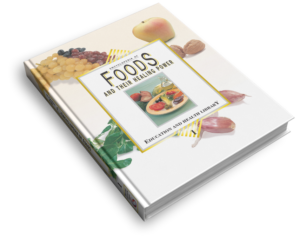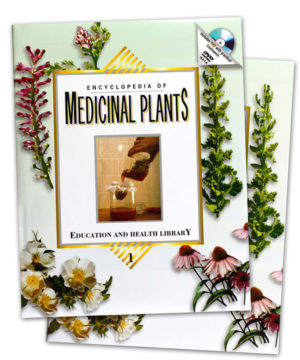Description
In this extensively illustrated two-volume set of over 800 pages, Dr. Pamplona-Roger, doctor of medicine and surgery, and health education specialist,
describes the botanical features of over 460 exotic plants, classified by plant name, the scientific name, and some common synonyms,
to help identify each plant. The plants are also sorted by diseases and conditions that they may help to remedy.
Numerous suggested natural treatments and medicinal and herbal remedies are detailed, with practical illustrations,
that may help us to learn about the curative virtues of medicinal plants. Hardcover/Height 283mm/Length 227mm/Width 63mm (both volumes together).
Weight: 3.7 kg. ISBN: 978-84-7208-157-4
A DVD is included with “how-to” videos for:
- Drying and Storing Medicinal Plants
- Making Herbal Teas (infusions, decoctions, cold extractions)
- Sitz Baths (may be anti-rheumatic, relaxing, sedating)
- Hot Foot Baths (could help with head congestion relief, and may improve circulation in feet and legs)
- Hand Baths (may improve circulation in upper extremities)
- Poultices (prepared from seed flours)
- Compresses (may work as cicatrizants to aid new tissue formation, antiseptics, analgesics, and sedatives)
- Fomentations (may be useful for colic, and bronchitis)
- Steam Baths (may be helpful for the head, torso, and the whole body)
- Oral Rinses (may work for stomatitis, gingivitis, and pyorrhea)
Index matching conditions with suggested plant remedies (PDF)






admin –
Testimony:
DR. Gordon M. Cragg, D.Phil., D.Sc. (h.c.)
https://pubs.acs.org/doi/10.1021/np201003c
Throughout the ages, plants have been used by humans as a source of food, cosmetics, and medicines, and have provided raw materials for the construction of shelters and the manufacture of clothing. The significance of tropical forests in the maintenance of the earth’s ecological balance is only now being fully appreciated and understood. There is an urgent need to conserve and use these resources in an environmentally sustainable and economically beneficial manner.
It has been estimated by the World Health Organization that about 80% of the world’s inhabitants rely mainly on traditional medicines for their primary health care.
Plant products also play an important role in the health care systems of the remaining 20 % of the population who mainly reside in developed countries. Analysis of data on prescriptions dispensed from community pharmacies in the United States from 1959 to 1980 indicates about 25% contained plant extracts or active components derived from plants. At least 119 chemical substances, derived from 90 plant species, can be considered as important for drugs currently in use in one or more countries.
The United States National Cancer Institute (NCI) was established in 1937, its mission being “to provide for, foster, and aid in co-ordinating research related to cancer.” The NCI has screened well over 100,000 plant extracts for anticancer activity and over 30,000 for anti-AIDS activity.
The development of clinically effective anti-cancer agents such as Taxol, and the discovery of potential anti-AIDS agents such as Michellamine B, demonstrate the value of plants as sources of potential new drugs, and highlight the importance of conserving these valuable resources.